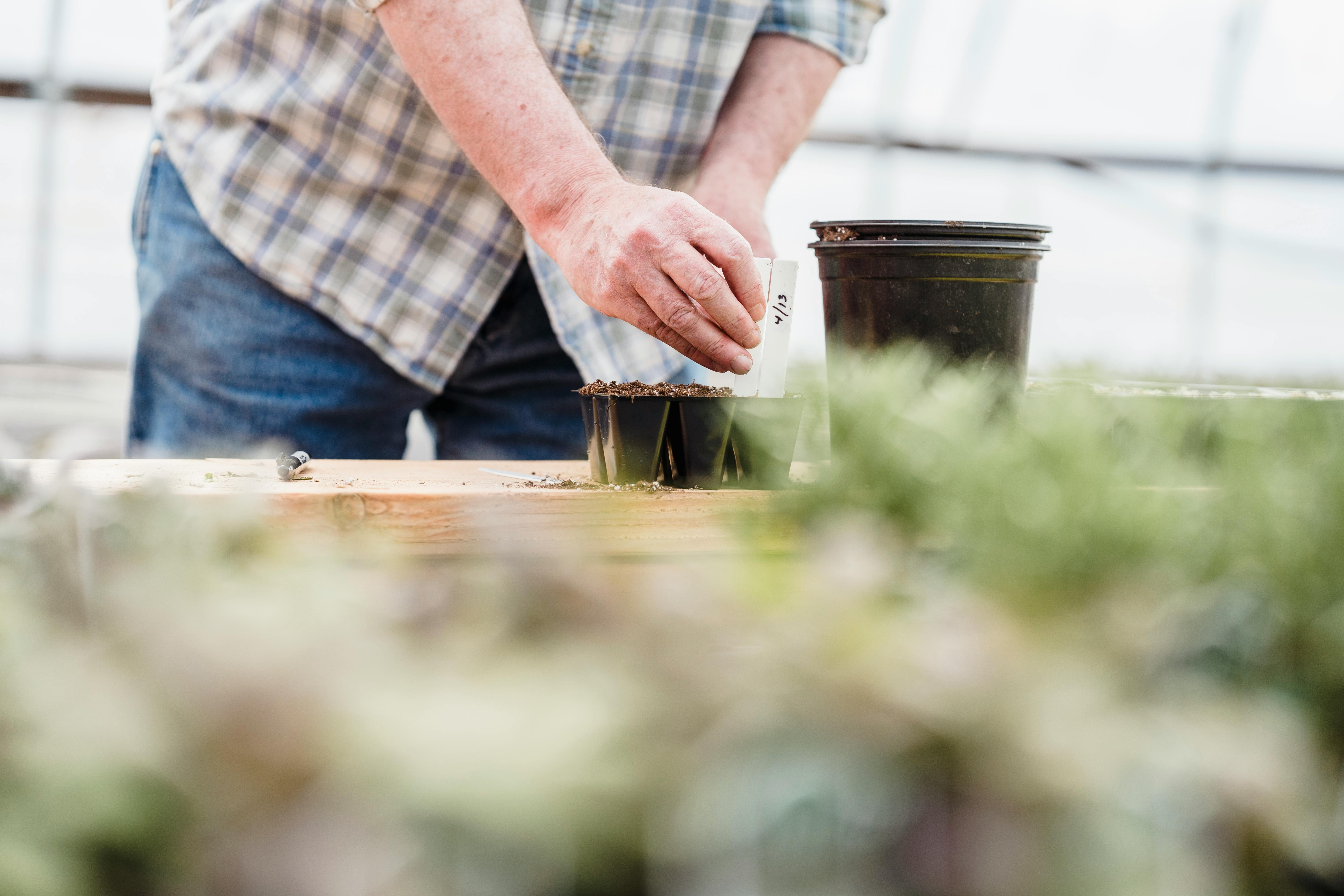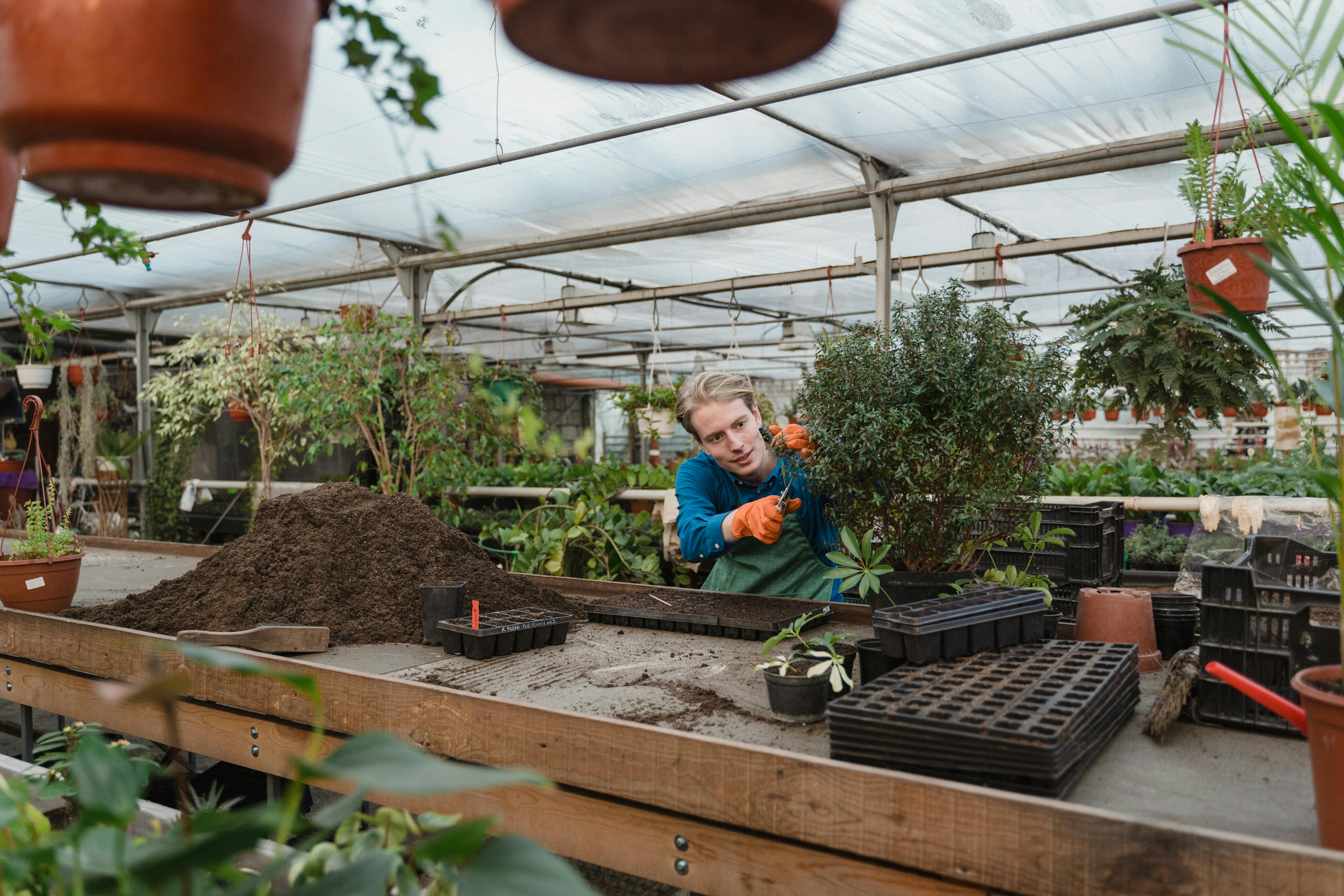Growing an herb garden indoors is a fun and rewarding way to enjoy the taste of fresh herbs year-round. It can also be a great way to add some life and color to your home. Fortunately, growing herbs indoors doesn’t require any special skills or knowledge, and with a little bit of care, you can have an indoor herb garden that will provide you with delicious herbs all year long. In this guide, we’ll explain the basics of how to grow an herb garden indoors, from selecting the right containers and soil, to tending your plants and harvesting your herbs.To successfully grow an herb garden indoors, you will need the following items:
1. A sunny window or a grow light
2. A variety of herb seeds or transplants
3. Pots and potting soil
4. A watering can or hose
5. Plant food
6. Labels and markers to keep track of your herbs
Choosing the Right Containers for Growing Herbs Indoors
When you decide to grow herbs indoors, choosing the right container is essential. A suitable container should provide adequate space and drainage, while also being aesthetically pleasing. The size of the container will depend on the amount of herbs you want to grow and the type of herbs you have chosen. If you are growing larger plants such as rosemary or lavender, then you will need a larger pot that can hold more soil. On the other hand, smaller containers are suitable for growing smaller herbs like thyme or ore
Preparing the Soil for Growing Herbs Indoors
Growing herbs indoors can be a great way to add fresh flavors to your favorite dishes. But, before you plant your herbs, you need to make sure that the soil is prepared properly. Preparing the soil for growing herbs indoors requires a few simple steps:
First, you need to choose the right type of soil. Herbs prefer well-draining soil that is rich in organic matter. You can find potting mixes specifically designed for growing herbs at most garden centers and home improvement stores.
Selecting Herbs to Grow Indoors
Growing herbs indoors can be a rewarding experience, not only for the taste and health benefits they bring, but also for the beauty they add to any space. When selecting herbs to grow indoors, there are a few important factors to consider.
The amount of light available in the space is one of the most important factors. Herbs need at least five hours of direct sunlight each day, although some require more. Different types of herbs will require different amounts of light, so it’s important to
https://images.pexels.com/photos/7728632/pexels-photo-7728632.jpeg
Acquiring and Planting Seeds or Seedlings
Many gardeners choose to start their gardens with either seeds or seedlings. Both have advantages and disadvantages, and the choice may depend on a variety of factors including the type of plant, the desired outcome, and the gardener’s experience.
Seeds are often cheaper than seedlings and can be purchased in bulk for larger gardens. They also provide more variety in terms of choosing from different varieties of plants. However, they require more time and patience as they must be started indoors in the early spring before being moved

Providing Optimal Lighting for Your Indoor Herb Garden
Herb gardens can be a great addition to any home. Not only do they look great, but they also provide a fresh source of herbs for cooking and medicinal use. However, creating an indoor herb garden can be tricky since herbs need the right amount of light to grow properly. The good news is that there are several lighting options available to provide optimal lighting for your herb garden.
One of the most popular lighting options is LED lights, which are energy efficient and easily adjustable. LEDs come
Watering Your Indoor Herb Garden Properly
Indoor herb gardens can be an attractive addition to any home, providing a source of fresh herbs for cooking and other uses. However, it is important to water your indoor herb garden properly in order to ensure healthy growth and abundant harvest. Here are some tips on how to do so:
First and foremost, it is important to know how often you need to water your indoor herb garden. This will depend on the type of plants you have and the environment they are growing in. Generally speaking, most herbs require
Maintaining Temperature and Humidity for Your Indoor Herb Garden
Herbs are some of the easiest plants to grow indoors, as most of them require similar environmental conditions. To get the best results from your indoor herb garden, you will need to monitor and maintain the temperature and humidity levels for your herbs. Proper temperature and humidity levels are essential for the health and growth of your herbs. Here are some tips on how to maintain the ideal temperature and humidity levels in your indoor herb garden.
The ideal temperature range for most herbs is between 18-24

Conclusion
Growing an herb garden indoors is an easy and rewarding way to bring nature indoors. It can be a great way to get started with gardening, even if you’re limited on space. Plus, you will have access to fresh herbs for your cooking! You can use containers of any size or shape, as long as they have drainage holes. Make sure to choose herbs that are suited to the climate and amount of light in your home. Herbs will require regular watering and pruning to ensure they stay healthy and productive. With a bit of patience and care,
